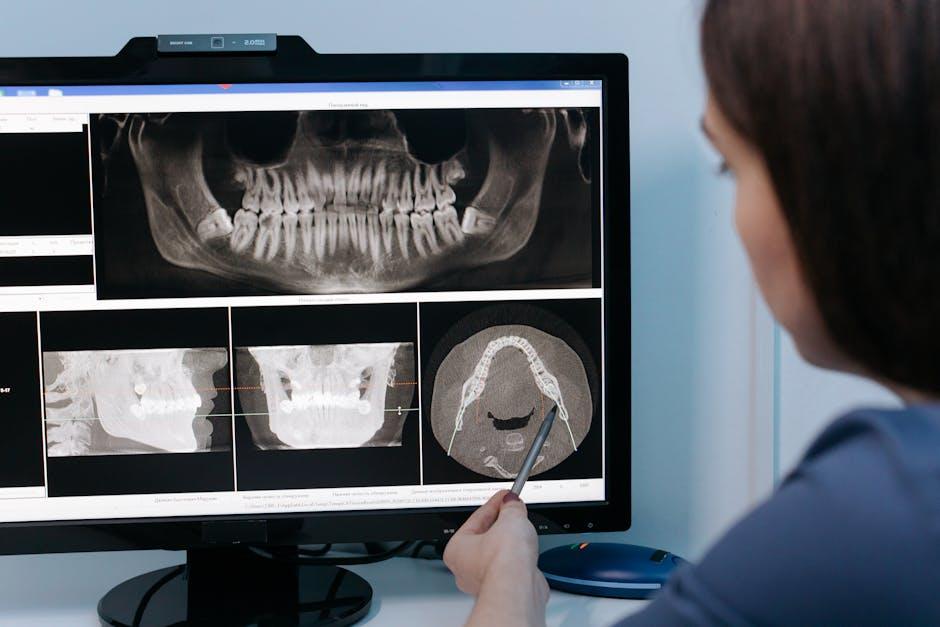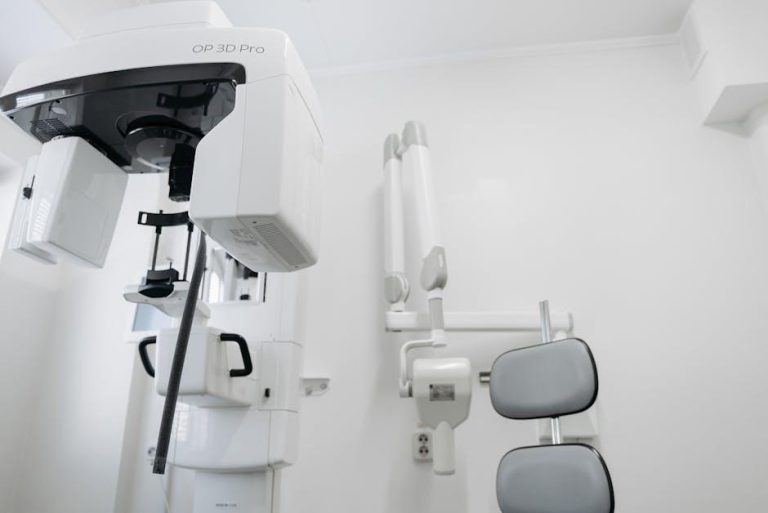
Dental Imaging Tech Boom: AI & 3D Scanners Reshaping the $6B Market
The dental imaging industry is undergoing a revolutionary transformation fueled by cutting-edge artificial intelligence (AI) and 3D scanning technologies. According to recent reports shared on PR Newswire, this rapid evolution is reshaping the global dental imaging market, currently valued at over $6 billion. As these innovative advancements become more affordable and widely adopted, dentists and specialists around the world are experiencing improved diagnostic accuracy, enhanced patient care, and streamlined workflows.
Introduction to the Dental Imaging Market
Dental imaging has traditionally relied on 2D X-rays to diagnose tooth decay, periodontal diseases, and other oral pathologies. However, with advances in technology, 3D scanners combined with AI algorithms are now delivering superior image clarity, precision modeling, and automated evaluation capabilities. This shift marks a major turning point in dental healthcare — one that promises to optimize clinical outcomes and accelerate treatment planning.
How AI & 3D Scanners are Transforming Dental Imaging
Artificial Intelligence Enhancements
AI integration in dental imaging primarily focuses on image analysis and diagnostic assistance. Key breakthroughs include:
- Automated Detection: AI models can identify cavities, root fractures, and oral lesions with higher sensitivity than human eyes alone.
- Predictive Analytics: Machine learning algorithms analyze patient history and imaging data to forecast potential oral health risks.
- Workflow Efficiency: AI-powered software streamlines report generation and reduces manual image interpretation time.
Advanced 3D Scanners
Modern 3D dental scanners capture highly detailed digital impressions of teeth and gums, replacing traditional molds. Benefits include:
- Non-Invasive Scanning: Comfortable and fast intraoral scans improve patient experience.
- Precision Modeling: Accurate 3D models enable precise fitting of crowns, bridges, and orthodontic devices.
- Seamless Integration: Digital data easily transfers to CAD/CAM systems for faster product fabrication.
Market Growth and Future Outlook
The global dental imaging devices market size is projected to expand at a compound annual growth rate (CAGR) of approximately 7.4% over the next five years. Factors driving this surge include technological innovation, rising dental health awareness, and increased adoption of minimally invasive dentistry.
| Key Drivers | Impact on Market |
|---|---|
| AI-powered diagnostics | Enhances accuracy & reduces misdiagnosis |
| Affordable 3D scanners | Expands accessibility among dental clinics |
| Rising oral health awareness | Increases dental visits & imaging demand |
| Growing aging population | Heightens need for restorative dentistry |
Benefits of AI & 3D Imaging for Dental Practices
Integrating artificial intelligence and 3D scanners into dental practices offers multiple tangible advantages:
- Improved Diagnostic Confidence: AI algorithms assist dentists in detecting issues earlier and more accurately.
- Patient Engagement: 3D visualizations make treatment explanations clearer, boosting patient trust.
- Reduced Chair Time: Faster scanning means shorter appointments and increased patient throughput.
- Cost Efficiency: Digital workflows reduce the need for physical materials and manual interventions.
Practical Tips for Dental Clinics Adopting These Technologies
- Invest in Training: Ensure staff receives comprehensive training to fully leverage AI and 3D tools.
- Choose Compatible Systems: Select scanners and AI software that integrate smoothly with existing practice management platforms.
- Focus on Patient Comfort: Make use of non-invasive scanning techniques to improve patient experience.
- Regularly Update Software: Stay current with AI model upgrades to maintain diagnostic accuracy.
Case Study: Revolutionizing Orthodontics with 3D AI Imaging
One leading orthodontic clinic integrated AI-powered 3D imaging to streamline its treatment planning. The results included:
- A 30% reduction in diagnostic errors due to automated image analysis.
- A 20% decrease in overall treatment time thanks to faster impression-taking and modeling.
- Enhanced patient satisfaction scores by providing interactive 3D visualizations of treatment progression.
Firsthand Experience: What Dentists Are Saying
“Since adopting AI and 3D scanners, our clinic has seen remarkable improvements in diagnostic precision and patient acceptance. The technology empowers us to catch issues earlier and customize treatments in ways that were impossible before.” – Dr. Emily Harris, DDS
Conclusion
The dental imaging technology boom, spearheaded by advances in AI and 3D scanning, is rapidly transforming a $6 billion market. These innovations not only elevate the quality of diagnosis and patient care but also optimize clinical operations and reduce costs. As adoption becomes more mainstream, dental professionals embracing these tools will gain a competitive edge and redefine oral healthcare standards. Staying informed and investing smartly in these technologies today will ensure a future-ready practice that meets patient needs with unmatched precision and efficiency.


